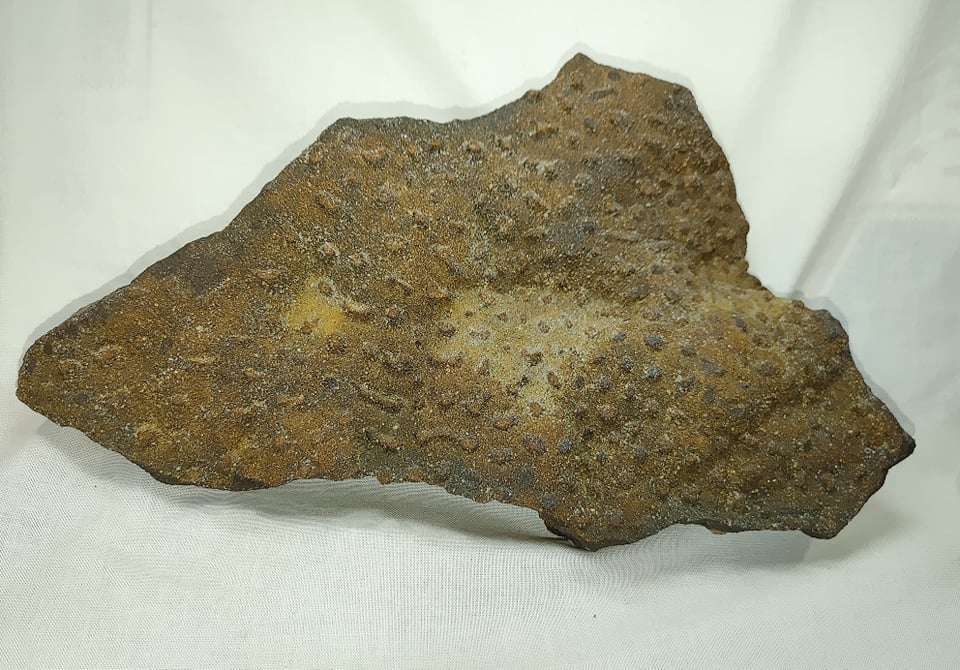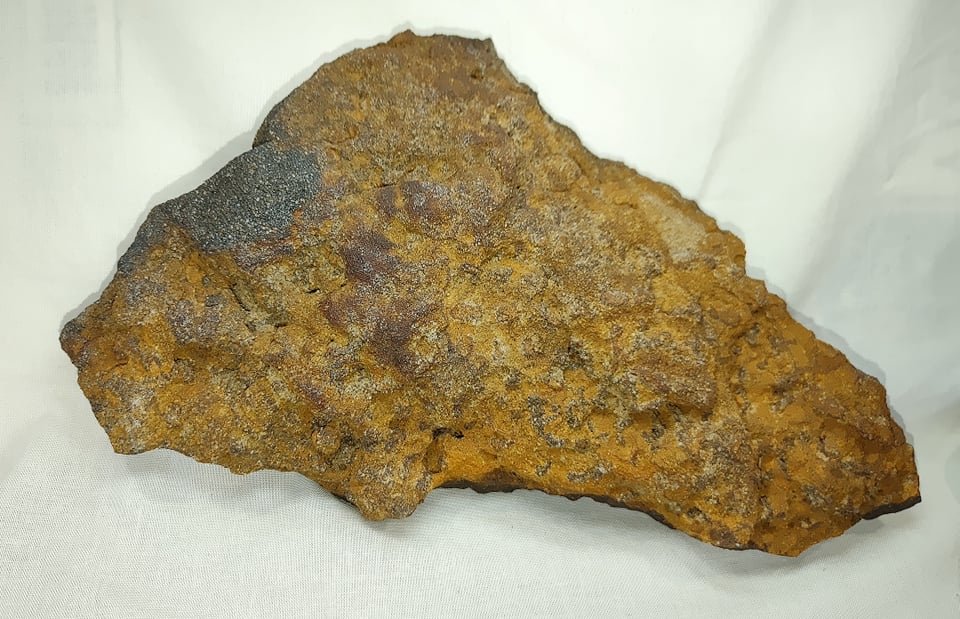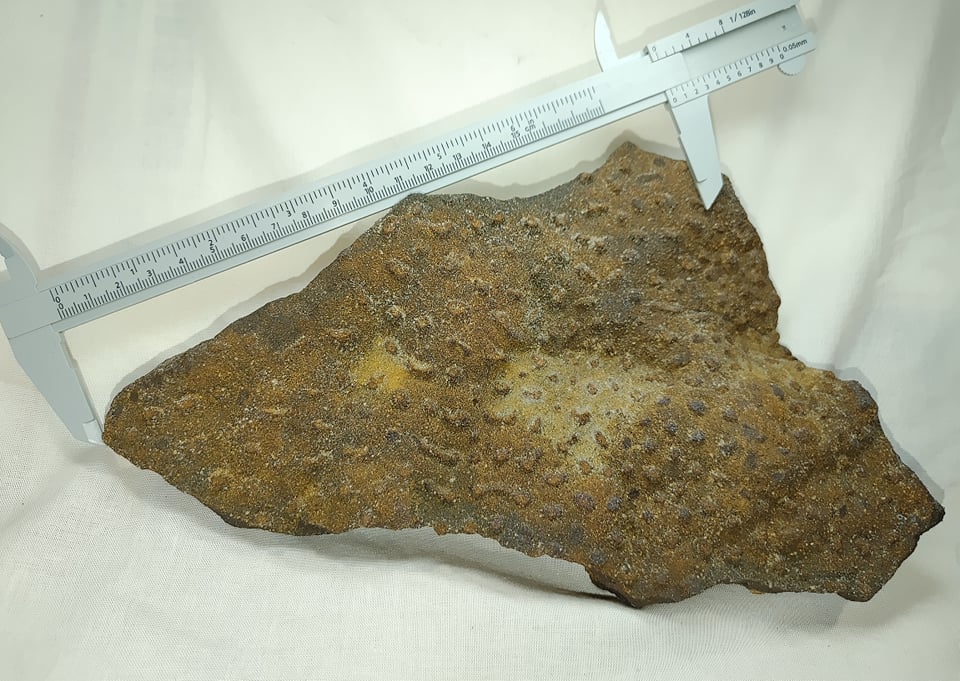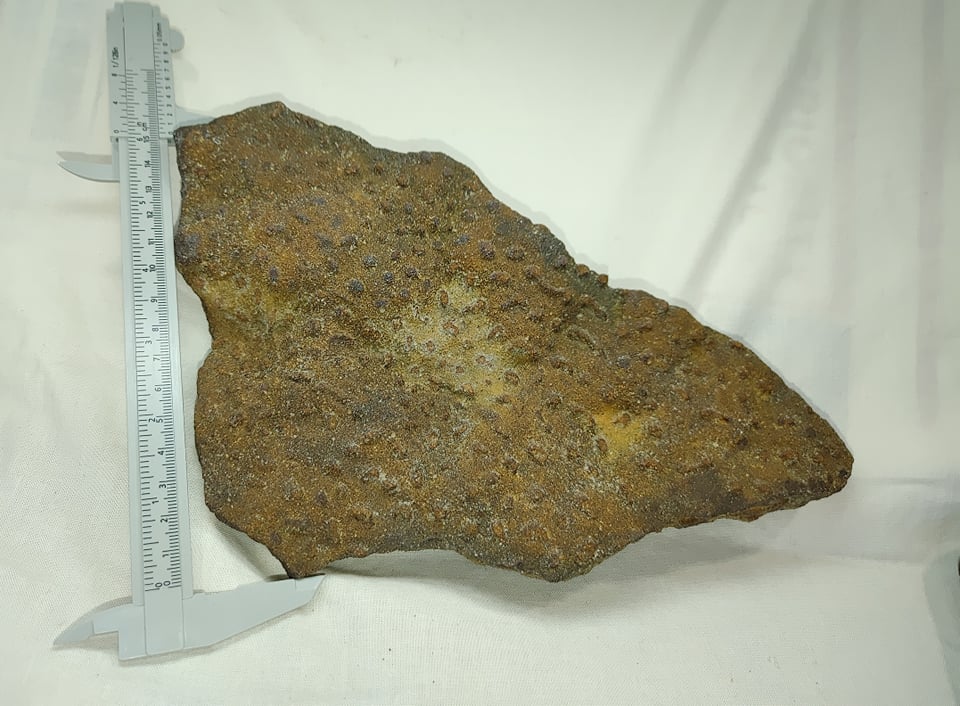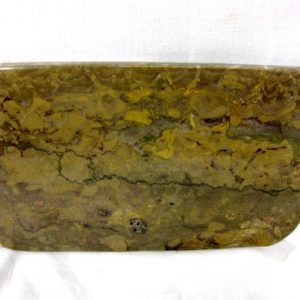Description
This is a Rare Anerobic Stromatolite
Upper Cambrian
Tunnel City Group
Clark Co., WI
See Pictures for Specimen Measurements
Coming from the Cambrian, these stromatolites date to a time when stromatolitic structures were no longer prevalent and abundant on earth. The massive cyanobacterial stromatolite reefs of the Proterozoic had yielded to new reef systems built by corals and other abundant and diverse life forms. For more than two billion years the cyanobacteria had oxygenated earth’s atmosphere through their photosynthetic, autotrophic metabolism. Earth had become hostile to them in many ways, with other heterotrophic, eukaryotic microbes to compete with or be eaten by, and the atmosphere that they had created was essentially poison to them.
These stromatolites were formed by anaerobic bacteria that made their living by oxidizing dissolved ferrous iron. The resulting insoluble ferric oxide gave rise to the rust-colored stromatolitic growths seen here. Such iron bacteria are believed to have originated in the Archaean and remain ubiquitous on Earth today, causing water to have unpleasant appearance, taste, and smell. Oxygen is lethal to these chemicals self-feeding bacteria, so they thrive in anoxic environments that foster delayed decay and hence fossilization.

